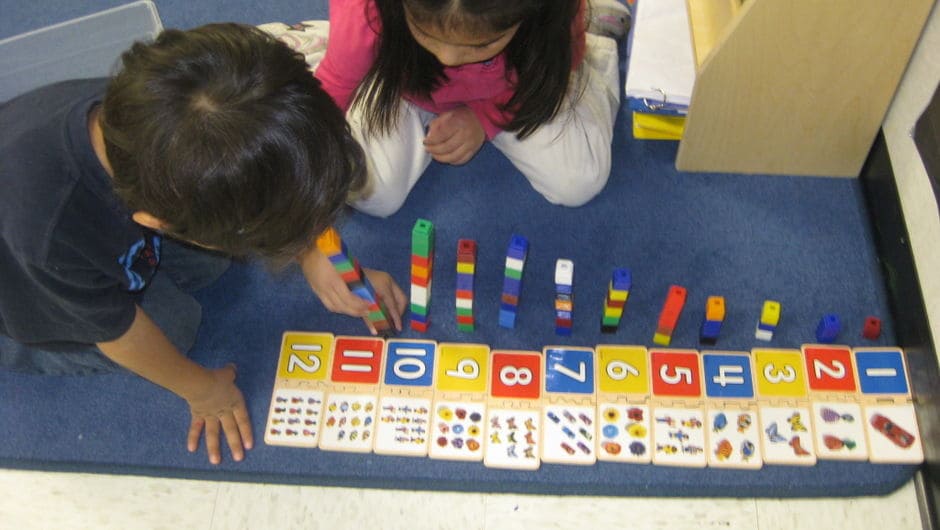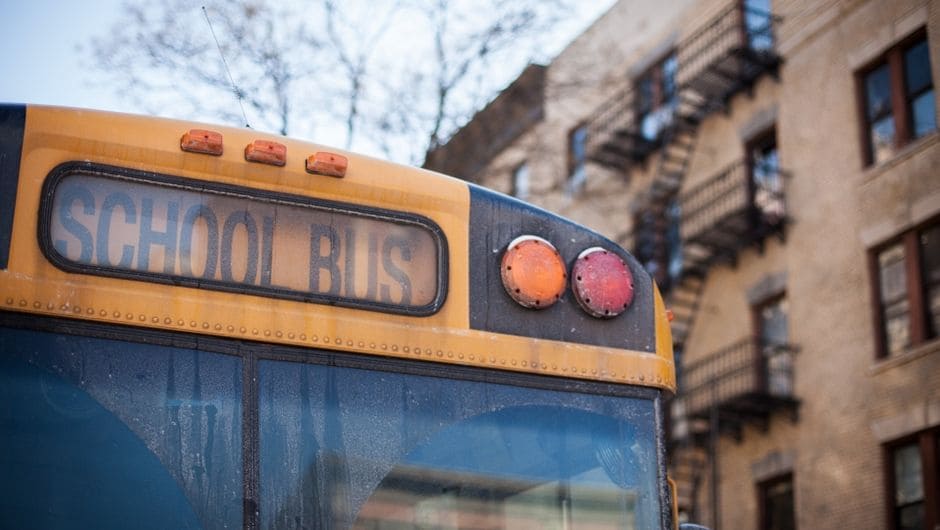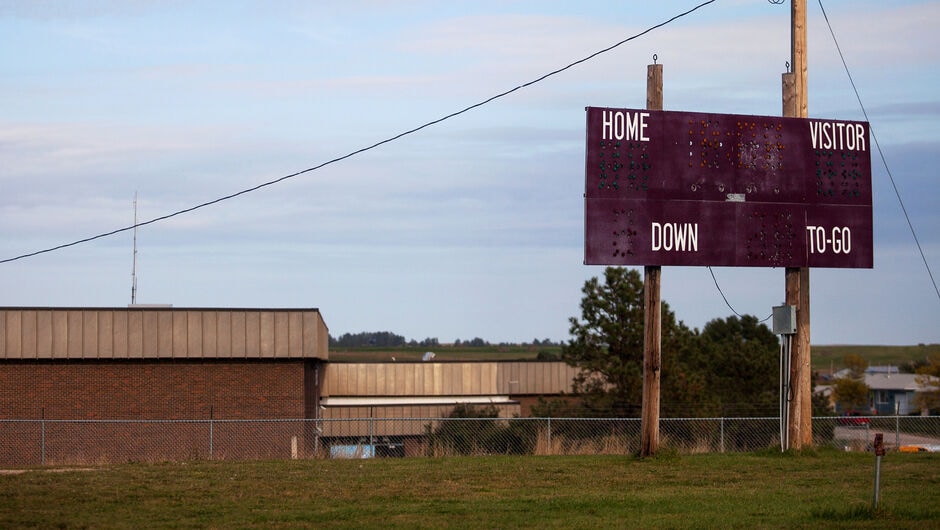The Challenge
A Complex Problem
No single solution will bring an equitable and excellent education to every child. Although we look to education to help children overcome obstacles like systemic racism and poverty, our school system was not designed for today’s children who count on school to access opportunity in America. But people designed this system, and so people can reimagine and rebuild it to enable all children to reach their full potential.
What will that take? It will take sustained leadership challenging the status quo from inside and outside the classroom. It will take a broad and diverse coalition—educators, advocates, entrepreneurs, policymakers, community members—fighting for the aspirations of children and their families by pushing for systems change.
“When I saw my students’ unlimited potential and realized that their progress is being stunted by our broken system, I knew I had to commit to fighting for them.”
78% of low-income students graduated high school on time in 2017, compared to 85% of students overall
Students from low-income families dropped out of high school at 2X the rate of higher-income families in 2017

Across the country, many children lack the education, support, and opportunity they need to learn and to thrive. And when millions of children aren’t learning, it affects us all—perpetuating poverty, dividing our society, weakening our economy.
By the Numbers: America’s Opportunity Gap
When schools fail to meet the needs of a child, it can affect that child’s destiny far after they leave the classroom. We call this the “opportunity gap.”
18% of black 8th graders are proficient or above in reading or math, compared with 47% of white 8th graders
2 year gap in reading—and 1.5 year gap in math—between 4th graders growing up in poverty and their higher-income peers
7cea.jpg)
23% of Latino 8th graders are proficient or above in reading or math, compared with 47% of white 8th graders
3 year gap in reading—and more than three year gap in math—between 8th graders growing up in poverty and their higher-income peers

“Lagging achievement evidenced as early as fourth grade appears to be a powerful predictor of rates of high school and college graduation, as well as lifetime earnings.”

Our Enduring Hope
The statistics are overwhelming. But our hope and our optimism runs deep. Because we know what children are capable of when given the opportunities they deserve and the support they need.
In classrooms across this country, more and more children are beating the odds. More schools are putting more students on a path to and through college. More school systems are improving student outcomes at scale. In the aggregate, the needle is moving.
- In the last 25 years, the share of American fourth graders fully proficient in math on the National Assessment for Educational Progress (NAEP) grew by 27%. The share of proficient fourth grade readers grew by 7%.
- In that same period, proficiency among Black fourth graders increased by 18% in math and 10% in reading; Latinx fourth-graders’ proficiency gained 21% in math and 9% in reading.
- In places like D.C, Chicago, Tennessee, the Rio Grande Valley, and New Orleans, academic achievement, high school graduation rates, and college graduations rates are on the rise.
- The 2015 Programme for International Student Assessment (PISA) showed that the U.S. leads the world in narrowing gaps across lines of race and class.
Community by community, children are showing us that progress is indeed possible. The question for us all is: What will it take to accelerate the pace of change?
Learn about Teach For America's approach.

396b.jpg)
